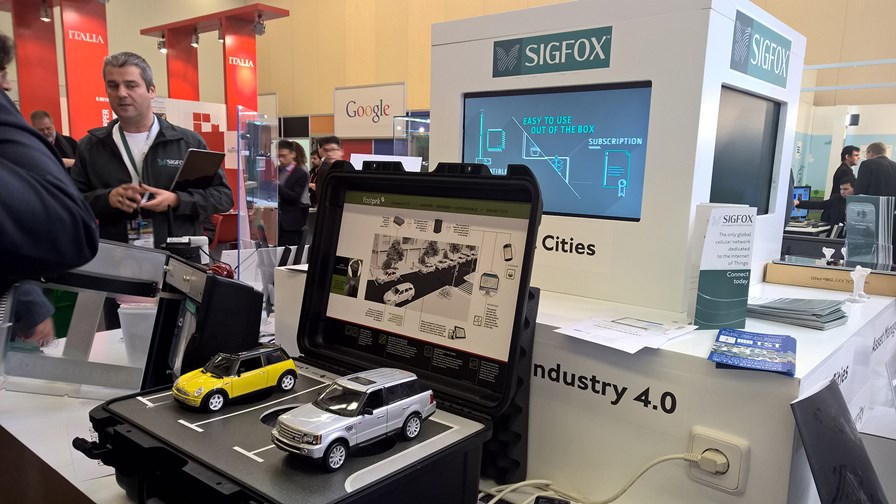
Stand by for disruption © TelecomTV
With due acknowledgement to Sir David Frost and Ned Sherrin (and if you are too young to have watched the BBC’s 1960s satirical news show, you should try and catch some episodes online), last week’s Mobile World Congress 2015 proved to be a puzzling event. Puzzling in the sense that it was incredibly difficult to pick any over-arching themes or market indicators.
A month before the show I was asked by some esteemed industry veterans what I thought the big news of the show would be. I replied that, probably for the first time, I had absolutely no idea. Have now returned from a week of intensive filming and interviewing at the event, I am still no clearer.
MWC 2015 was a trade show and conference for a rapidly maturing industry; an industry comfortable with its progress, secure in the short and medium term, and content to maintain a steady pace of innovation and evolution. The handset vendors didn’t dominate the event, as they had in the past – yes, we had some major launches, but arguably nothing ground-breaking. The entertainment industry took a back seat (despite a glimpse of Will.i.am on the show TV screens, practically lost in the cacophony of audio visual presentations being pumped out from every stand). Even the so-called OTT sector was fairly quiet, with Facebook’s Mark Zuckerberg (he with the rather odd gait) back-peddling on last year’s keynote by singing the praises of the telecoms operators.
This year’s event turned out to nicely balanced between the network, devices, services and even some healthy policy debate. It truly represented the state of the industry in 2015.
Yet change is coming; the operators know this, and the smart ones are taking steps to stay ahead and in control. It’s starting in the network, with virtualisation of network functions that will lead to a dramatic overhaul of the telco-vendor business, tapping into the software innovation from the open source developer community, and helping telcos improve their network financials. In turn, this will facilitate the development of 5G networks, which is rightly being dubbed “the special evolution” of mobile, as agile network architectures will be even more important than new high-speed air interfaces.
Disruption is coming... again
And talking of 5G, the race is well an truly on for technology patents, with all the major vendors already undertaking advanced wireless research and development work to try and patent (and profit from) technologies that will become part of the new standards in a few years’ time. For example, Huawei said last week that it plans to spend $600 million on 5G R&D from now until 2018.
But the industry shouldn’t forget its users. They’ve never been a part of the MWC events, and probably never will, but the establishment should not take them for granted. Every single operator, vendor and association whitepaper on 5G puts key non-telecoms vertical markets at the top of their lists of proposed use cases – the business models that will justify the huge spend in investment. It’s not us individual users, but the major verticals – automotive, utilities and healthcare are the most popular. The mobile industry needs their buy-in to 5G to create the necessary money-making services.
Yet do these industries need the mobile operators? Take the automotive industry for example; it has always, always been at loggerheads with the mobile industry. Two extremely powerful industries, each wanting to claim the driver’s seat for the “connected car” of the future. The first automotive IT event I attended was an ITS event in Turin back in the late 1990s, where I witnessed an ill-tempered debate between Ford and Nokia. On the face of it, the two industries are getting along fine today, but look more closely and they remain miles apart.
5G has the potential to make the relationship worse. The mobile industry assumes the car makers will be heavy users of their new networks, able to use the massive deployments of IoT sensors and M2M connectivity, at incredibly low latencies, to eventually enable driverless or driver-assisted vehicles. Yet they are not directly involving the industry in the pre-standards phase (my question to the NGMN at its press conference last week on this subject was brushed off with a simple “we know our customers”).
Anyone who thinks the network operators of tomorrow will be identical to the network operators of today is living in dreamland. This has always been a dynamic industry; and just when you think you are safe and secure, along comes disruption. Roll on MWC 2016.
Email Newsletters
Sign up to receive TelecomTV's top news and videos, plus exclusive subscriber-only content direct to your inbox.




